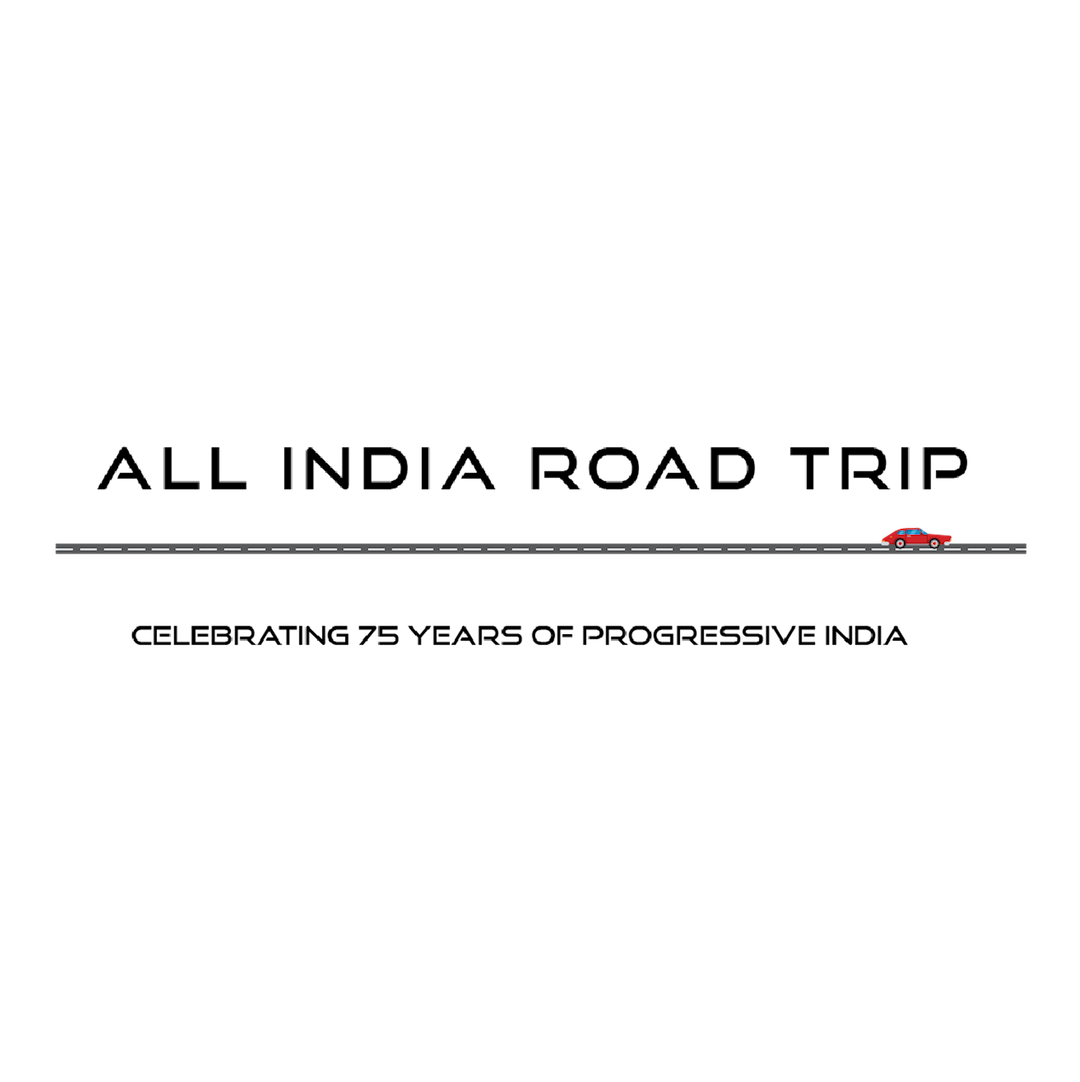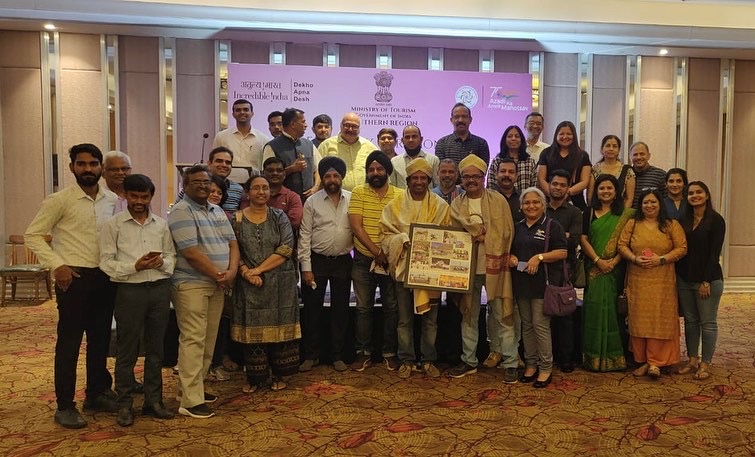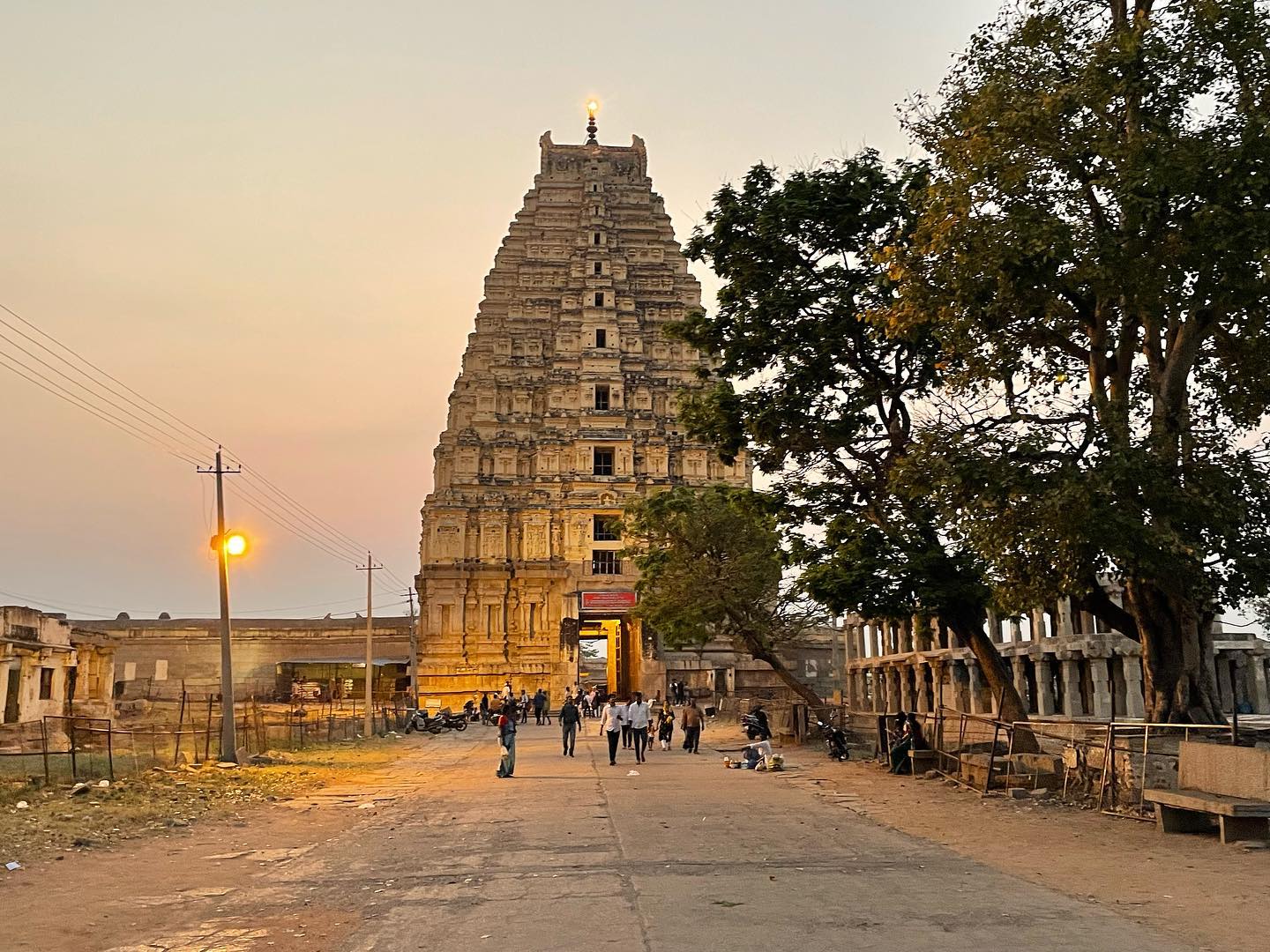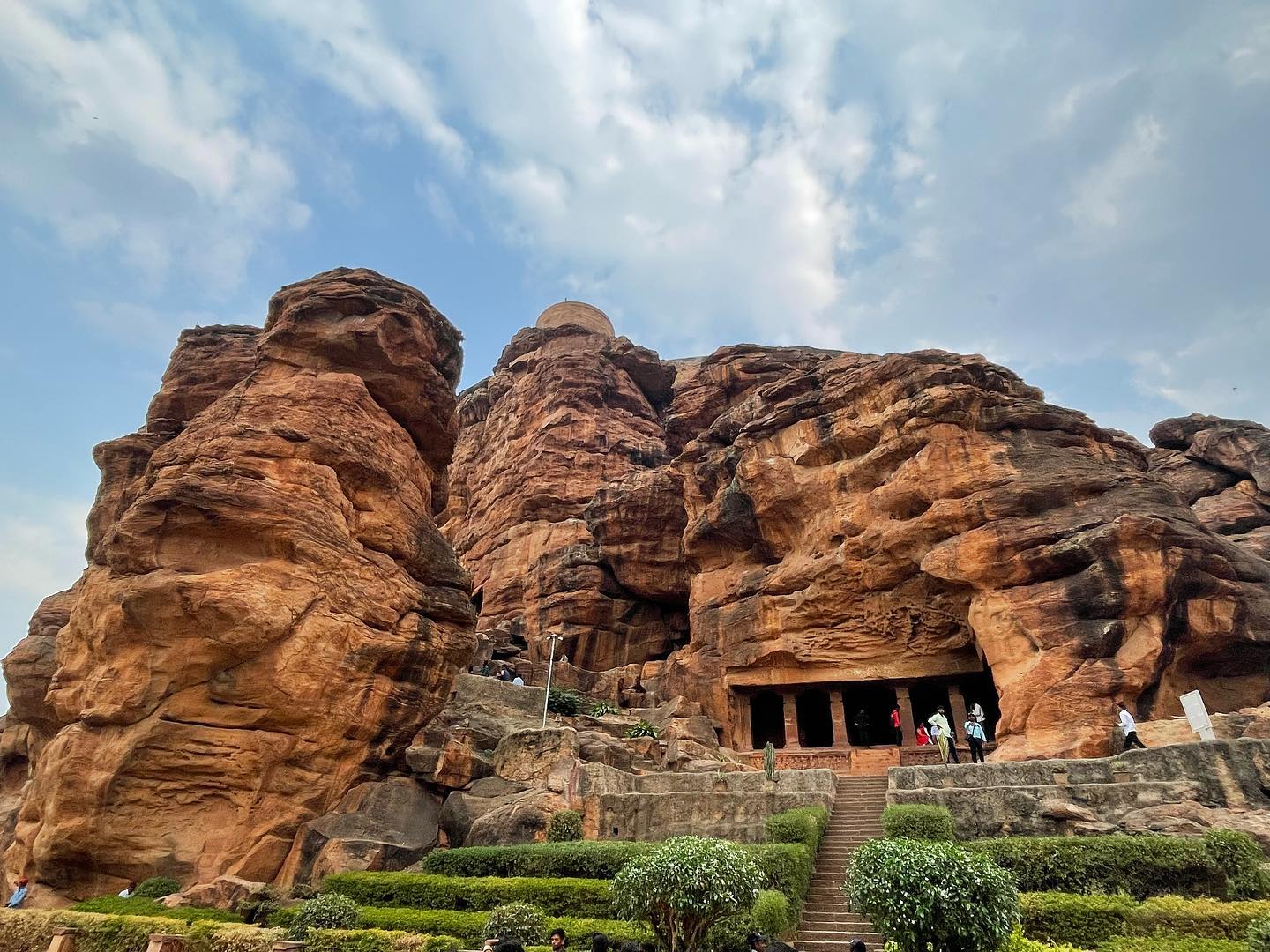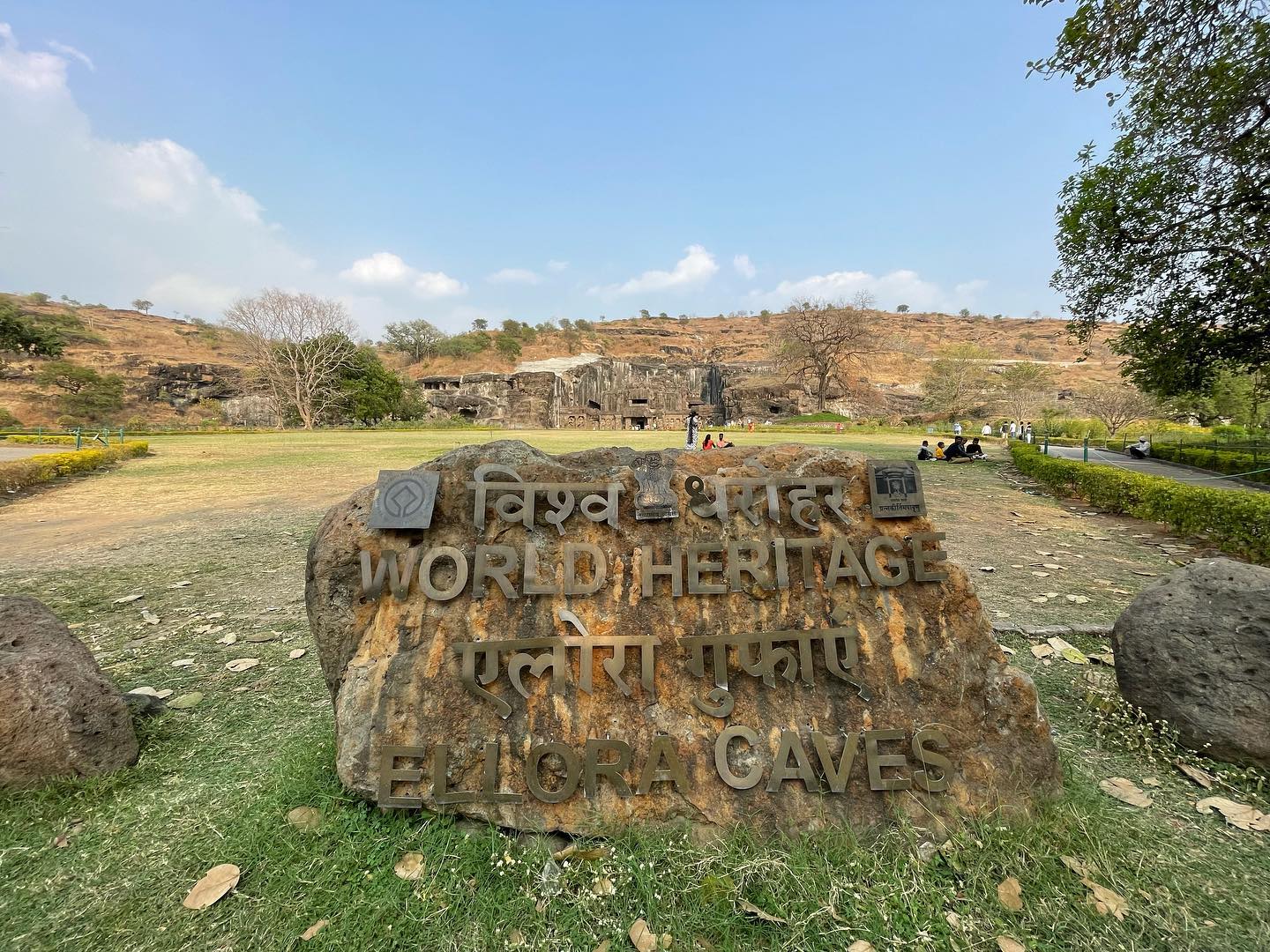30th November, 2021
History
Nalanda was a Buddhist university established in 450CE, and was the longest running university in Indian history. At its zenith accommodated over 10,000 students and over 2,000 faculty.
It was believed that the term ‘Nalanda’ might have been originated from the word nalam (lotus), or da nalanda, signifying “giver of knowledge”.
According to a later Tibetan source, Nagarjuna (the 2nd–3rd-century CE Buddhist philosopher) began his studies there.
However, it was destroyed by Turkish Muslim invaders in 1193, when the students and teachers were massacred and the massive university library was burnt down, and currently all that remains are extensive ruins that are spread over an area of 14 hectares.
Nalanda had a great library, that comprised three multi storeyed building. They must have been home to hundreds of manuscripts and books on topics ranging from Religion, grammar, philosophy, astronomy, astrology, medicine, law etc etc.
It was the most sought after university and the toughest one to get admission into. Once a student was admitted, the entire education including boarding and lodging was free.
Hiuen Tsang, the famous Chinese traveller visited it during Harshavardhanas time and was a student here. Later Itsing, another Chinese Buddhist monk stayed here for 10 years.
Nalanda was administered by an assembly of senior monks. Strict rules were enforced and all the priests were bound to adhere to it.
Attack on Nalanda
Nalanda University was attacked three times. First attack was done by order of Brahmin named Pushyamitra who took advantage of the declining Mauryan dynasty and its weak rulers. It should be noted they attacked the university and the monks but not burnt down the libraries. The attack was against only the Buddhists.
Guptas came to power after decline of Mauryan dynasty . When Guptas came to power they reconstructed the University and restored the glory of Nalanda once again.
But after decline of Guptas dynasty, there was another which came to power in eastern India that was Gauda Dynasty (of present day Bengal). King Shashanka was one of the most powerful ruler of Gaudiya Dynasty. The development of the Bengali calendar is often attributed to Shashanka because the starting date falls within his reign. During his time, Buddhists were heavily persecuted and Nalanda University was attacked.
The final blow on Nalanda was by Bakhtiyar Khilji in 1193. He ransacked the university, killed monks and set the library on fire. He also razed the other two universities —Odanatapuri and Vikramshila. It is said that the premise was burning for 3 months…. And one can imagine how big the university was. It is said that 90 lakh books were burnt down.
An interesting story on why did Bakhtiyar Khilji do it.
In the late 12th century, Bakhtiyar Khilji had captured some areas ruled by Buddhists in North India and once he became quite ill. He got enough treatment from his princes but he could not recover and reached a moribund condition. Then someone advised him to take the treatment from Acharya Rahul Sribhadra, who was head of Ayurveda department of Nalanda University. But Khilji was not ready for this. He had more faith in his princes. He was not willing to believe that Indian physicians have more knowledge than his wife and their masters.
But to save his life he had to call Acharya Rahul Sribhadra, head of Ayurveda department of Nalanda University. Then Bakhtiar Khilji put a strange condition in front of Vaidyaraj that I will not eat any kind of medicine given by him. They had to fix it without medication. After thinking of this, Vaidyaraj accepted his condition and after a few days, he came to Khilji with a Quran and said that he had to read the page of the Quran. And after reading these pages you will free from illness.
Bakhtiar Khilji read the Quran as Vaidyaraj said he was cured. It is said that Rahul Shribhadra applied for medicine on some pages of the Quran. and as he started reading those pages of the Quran he kept on recovering.
After recovering khilji was shocked by the fact that an Indian scholar and teacher had more knowledge than his princes and countryman.
After this, he decided to destroy the roots of Buddhism and Ayurveda. As a result, Khilji set fire to the great library of Nalanda and burned around 9 million manuscripts.
Nalanda — brought back
For centuries Nalanda remained forgotten, until Francis Buchanan-Hamilton, a physician working for the Bengal Medical Service surveyed the site in 1811- 12 and found some Buddhist imagery there. He reported it to the ASI. Around half a century later the then ASI Director-General Alexander Cunningham identified the region as the one mentioned in the travelogue of Hiuen Tsang. It took another 50 years when systematic excavations began and the complex was unearthed. In 2016 it was declared a World Heritage site. In 2014 the Nalanda University was revived by the Govt of India and Nobel Laureate Amartya Sen was appointed the first Chancellor.

